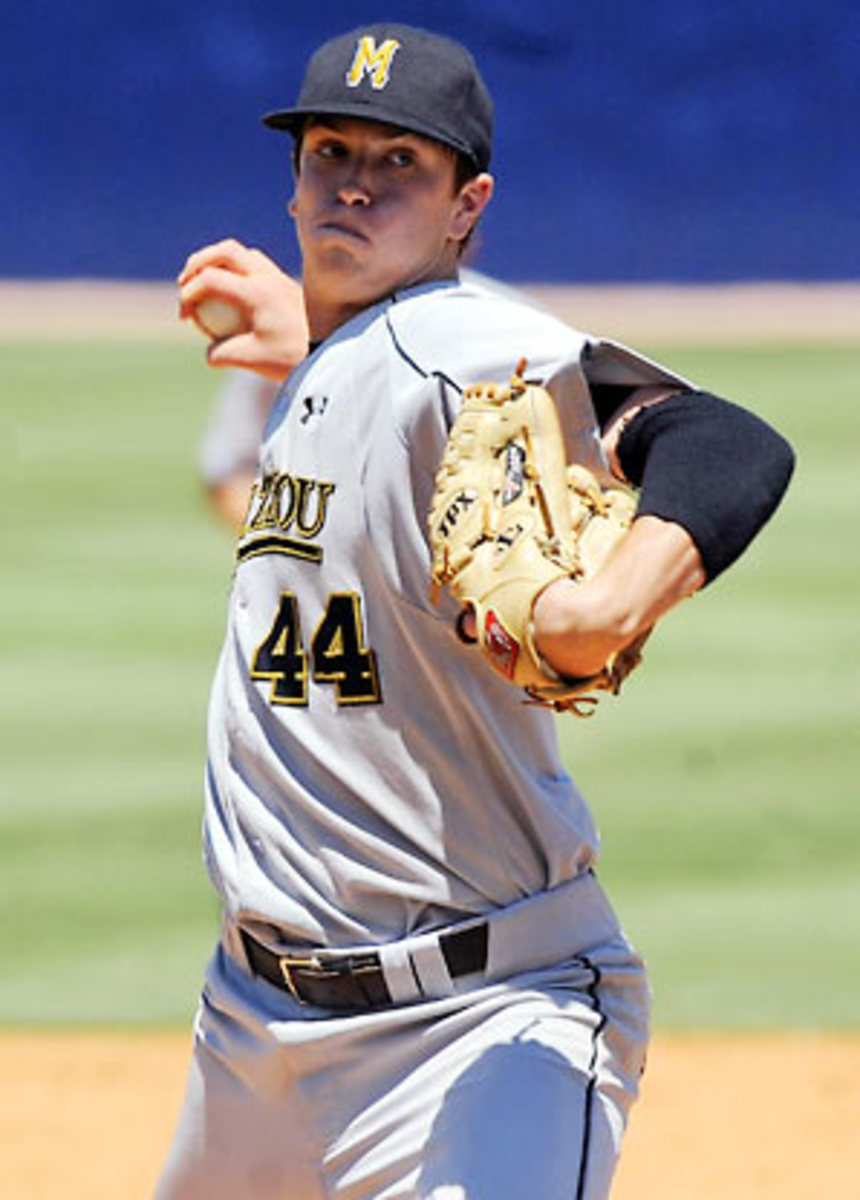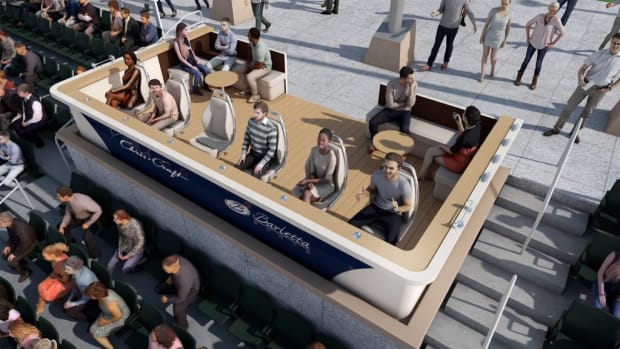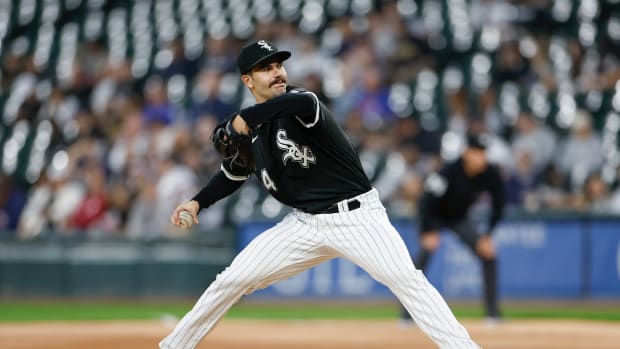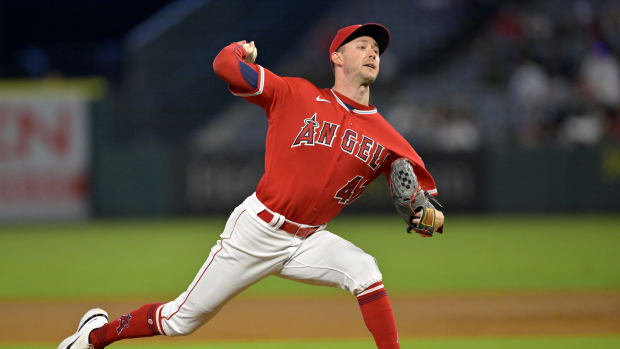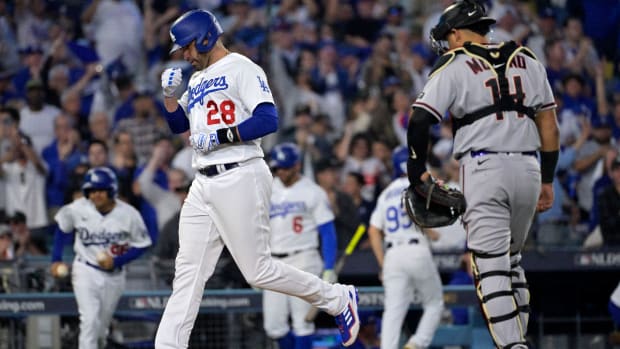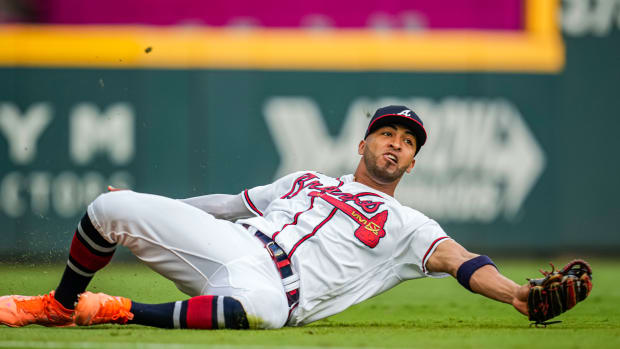First-day impressions: Nationals, Rockies, Twins look like winners
It's too early to grade the 2009 baseball draft, as none of the players chosen has even signed a contract, not to mention played a pro game. Most baseball drafts require at least three years to evaluate, if not five years when high school players are factored in.
But that doesn't mean we can't have some instant analysis. We'll break down Tuesday's first day into the teams that can be considered winners and those whose moves will have to win us over.
•Nationals: Hey, they can bask in the Stephen Strasburg glow for at least one night. Stanford right-hander Drew Storen at No. 10 makes all kinds of sense, and Jeff Kobernus in the second round is a versatile, athletic college bat who can stay in the infield, a rarity this year.
• Rockies: If they sign California high school lefty Tyler Matzek, this draft could be one the Rockies look back on as a turning point in a franchise that hasn't capitalized on its 2007 pennant. Matzek was No. 3 on the Baseball America draft board, and Colorado got him 11th overall. Moreover, the Rockies got two mid-first-round talents, Sacramento State outfielder Tim Wheeler and Lipscomb left-hander Rex Brothers, at picks 32 and 34, then rounded out their day with two solid bats in Nolan Arenado and Ben Paulsen. For an organization that has drafted conservatively in recent years, this was a welcome departure.
• Twins: Minnesota has drafted a hitter with its first pick every year since 2001, with the exception of 2005 (Matt Garza). Not this year. Second-year scouting director Deron Johnson and Co. went heavily after pitching, and it's hard not to be impressed with the haul. Missouri right-hander Kyle Gibson dropped to No. 22 overall due to his forearm stress fracture, but if he's healthy he's a steal at that spot, after ranking as high as fourth on BA's initial Top 200 draft prospects list. At various points from last summer through this spring the Twins' other picks -- Indiana lefty Matt Bashore, Florida closer Billy Bullock and Jacksonville State righty Ben Tootle -- all were first-round possibilities. Bullock and Tootle were two of the hardest throwers in the college crop, as well.
• Pirates: Boston College catcher Tony Sanchez might have been the safest pick in the '09 draft class after elite players Strasburg and Dustin Ackley. He's a premium defensive catcher with good makeup, a self-made player who should at worst be a big-league backup. But even his advocates in scouting circles grade his hit tool as below-average or fringe-average; they project him to hit .250 or .260 in the major leagues. He has average power, projecting to 15-20 home runs annually. That would be good production at catcher, but it's not the kind of ceiling that teams tend to look for in a No. 4 overall pick. Pittsburgh's other picks -- right-handers Victor Black and Brooks Pounders and juco outfielder Evan Chambers --- all seem to have been taken about a round too high.
• Reds: We love Mike Leake. He's a winner, a stud who helped pitch Arizona State to the College World Series for the second time in three seasons. Scouts love his makeup. Still, it's surprising that he was the second college right-hander taken, and not Alex White. The guess here is that money was a factor, because White has a bigger, better body, is athletic (though perhaps not quite at Leake's level) and has great makeup, having been North Carolina's ace the last two years on CWS teams. White is the more typical selection in terms of throwing harder and having bigger stuff, and it's surprising that he went seven picks later (to the Indians). The Reds also may have reached a bit on supplemental first-rounder Brad Boxberger of USC, another 6-foot right-hander who may profile better in the bullpen. He went one spot ahead of righty Tanner Scheppers(Rangers), who has much bigger stuff.
• Yankees: New York clearly has strong conviction about Slade Heathcott, a very toolsy, physical Texas high school outfielder. But they were one of the few teams that liked him as a first rounder, as his makeup seemed to scare many other teams away from him in terms of first-round consideration. Heathcott seems like very much of a boom or bust pick, and the Yankees took yet another catcher in the second round in J.R. Murphy. Scouts that we have talked to were mixed on Murphy's catching ability, and even if he can, why would the Yankees take yet another catcher? The Yanks signed Kyle Higashioka last year ($500,000), as well as Austin Romine ($500,000) and Chase Weems ($450,000) in 2007, plus, of course, Jesus Montero, who has already advanced to Double-A. If Murphy can't catch, he's a third baseman in a best-case scenario, or in a worst-case scenario he's a corner outfielder.






























